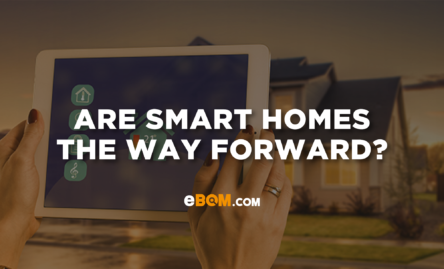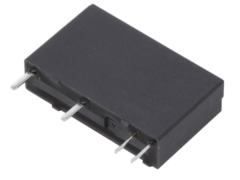According to Statista, America’s smart home market is projected to grow by 62.7 percent from 2017-2020. With the world swiftly turning smarter and more connected, the demand for smart homes seem to be on the rise, especially as COVID19 has caused many people to be home bound. Within this article I will explain the advantages and disadvantages of smart homes and the market trend for the smart systems.
What Makes a Home a ‘Smart Home’?
Smart homes are homes which are considered to have numerous devices connected via a network, most commonly a local LAN or the internet. Users can remotely control the home system, whether they are in the building or away. The home automation system will likely control lighting, climate, appliances, and entertainment systems.
Working from Home
According to www.ons.goc.uk, in April 2020, nearly half (46.6%) of people in employment did some of their work from home, with the vast majority (86.0%) of these homeworkers stating that this was because of the coronavirus (COVID-19) pandemic. During this time, it is assumed that many employees would have taken into consideration updating their home technology appliances to adapt to an efficient and tactile ‘working environment’.
Robots in the Home
The trend first started with the popular robotic lawnmowers and vacuum cleaners. Now we see home based robotics becoming increasingly smart and helping us with a range of tasks from cooking to cleaning. Home based robots will undoubtedly become more accepted, useful, and cheaper, as several manufacturers compete to develop the most marketable devices.
Security
According to www.loxone.com, burglars hate smart home security systems. 60% of burglars avoid homes that have a security system installed – such as a smart home security system. Another quote from research agency Markets and Markets, we will spend more than $74 billion on smart smoke detectors, alarm systems, security cameras and other security products by the year 2023, compared to $40 billion in 2017. Security is a huge sector of smart homes. Not only do smart homes keep the world a more connected place, but also a safer place. Smart security installations such as a visual or audio control panels makes it difficult for potential burglars to force entry into homes. This is purely because the high technology installed in the system only responds to the main homeowner’s voice or facial features, rather than a standard code lock security installation.
IoT
Overall, the IoT market is on a steady rise. The future of the IoT sensor market looks promising with limitless opportunities in the home automation. You have probably heard of the Amazon Echo, Google Nest and Fit Bits which are all sensor based. Customers can connect contact and motion sensors to Alexa in two ways: either through a smart home skill that uses the new Contact and Motion Sensor APIs, or with a compatible Zigbee sensor paired directly to Echo Plus or a compatible smart home hub, a quote supplied by developer amazon. All IoT based electronics such as Amazon Echos obtain sensors such as motion and sound sensors. The motion sensor on the Echo is constantly scanning the room to detect movement, so walking by is the visual equivalent of a wake word. The artificial intelligent personal assistant using the sensors to connect with whom is in the room. The major drivers for this market are development of intelligence and low-cost sensors, growing demand for smart devices and wearables, need for real-time computing in IoT applications, and increasing internet penetration in emerging nations, as quoted from Yahoo.
Costings
In many cases, the cost of the device and its installation can be pricey up front but may pay off in home resale value or energy savings over time. In other cases, the convenience and safety that automated systems can provide make them well worth the initial investment. According to International Data Corp., analysts with specialization in technology, the number of smart home devices within the market is expected to have a compound annual growth rate of 16.9 billion for the period between 2019 – 2023. The 2019 growth rate was estimated at 26.9%.
By Amy Leary, Marketing Manager at eBOM.com










